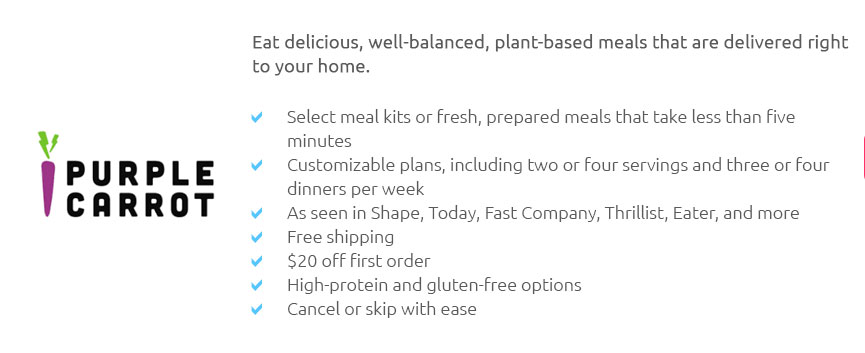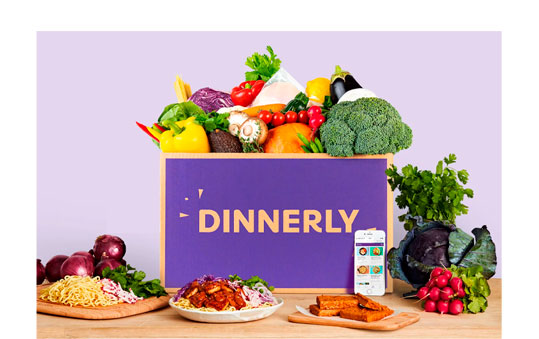 |
 |
 |
|---|
 |
|---|
 |
||||||
|---|---|---|---|---|---|---|
|
||||||
 |
 |
|||||
 |
 |
|||||
 |
 |
|||||
 |
 |
|||||
 |
 |
|||||
 |
 |
|||||
 |
 |
|||||
 |
 |
|---|
Exploring the Evolution and Impact of US Food DeliveryThe landscape of food delivery in the United States has transformed dramatically over the past few decades, mirroring broader societal changes and technological advancements. From the humble beginnings of telephone-based orders, the industry has burgeoned into a multi-billion dollar enterprise, powered by sophisticated apps and algorithms that bring meals to our doorsteps with unprecedented ease and efficiency. The Rise of Digital Platforms: The advent of smartphones and ubiquitous internet access has been pivotal in this evolution. Companies like Uber Eats, DoorDash, and Grubhub have emerged as household names, offering a dizzying array of choices that cater to every palate and preference. These platforms not only provide convenience but have also democratized access to a wide range of cuisines, previously confined to urban centers. Consumer Convenience and Choice: In today’s fast-paced world, time is often the most precious commodity. The convenience offered by food delivery services cannot be overstated. With just a few taps on a screen, one can summon a hot meal from their favorite local eatery or indulge in exotic dishes from far-flung regions. This ease of access has arguably made dining in more appealing than dining out for many Americans. The Impact on Restaurants and Local Economies: However, the rise of food delivery services has not been without controversy. While they offer restaurants access to a broader customer base, the commission fees charged can be prohibitive, particularly for small, independent establishments. This dynamic has sparked a heated debate about the sustainability and fairness of such models. Some argue that the exposure and increased sales volume outweigh the costs, while others contend that these fees erode already thin margins, potentially threatening the viability of local businesses. Adapting to New Realities: The COVID-19 pandemic further accelerated the reliance on delivery services, as lockdowns and social distancing measures made traditional dining impractical, if not impossible. During this time, many restaurants pivoted to a delivery-first model, developing innovative packaging and menu items designed specifically for travel. As we emerge from the pandemic, it remains to be seen whether these changes will endure, but the flexibility demonstrated by the food service industry suggests a capacity to adapt and thrive. Environmental Considerations: Another important facet of the food delivery boom is its environmental impact. The increase in packaging waste and the carbon footprint associated with delivery vehicles are significant concerns. Some companies are taking steps to address these issues, experimenting with sustainable packaging options and exploring the use of electric or hybrid delivery vehicles. Yet, achieving a balance between convenience and environmental responsibility remains a complex challenge. Looking Ahead: As technology continues to evolve, the future of food delivery looks set to be shaped by further innovation. Drone delivery, autonomous vehicles, and enhanced AI-driven logistics are just a few of the advancements on the horizon that promise to redefine the industry. While these developments are exciting, they also raise important questions about privacy, employment, and the human touch that has long been a hallmark of food service. In conclusion, the journey of US food delivery is a fascinating reflection of broader societal trends. It encapsulates the intersection of technology, consumer behavior, and economics, all while impacting our daily lives in meaningful ways. As we navigate this ever-changing landscape, it is crucial to consider the implications of these developments and strive for a future that balances innovation with fairness and sustainability. https://www.usfoods.com/why-us-foods/our-programs/us-foods-direct.html
Explore a wide array of new, hard-to-find, everyday and specialty products, available to ship directly to you via FedEx. https://www.usfoods.com/why-us-foods/our-programs/next-day-restaurant-delivery.html
My staff can place nightly orders up until 8:00 PM and actually see live inventory, knowing at that moment what time the order will be delivered the next day. https://www.doordash.com/?srsltid=AfmBOopXCFYISzv5VyLiRNlvd3ji76ioTKFQNKnwlZhownNL_O8jmrA-
Delivery & takeout from the best local restaurants. Breakfast, lunch, dinner and more, delivered safely to your door. Now offering pickup & no-contact ...
|
|---|


